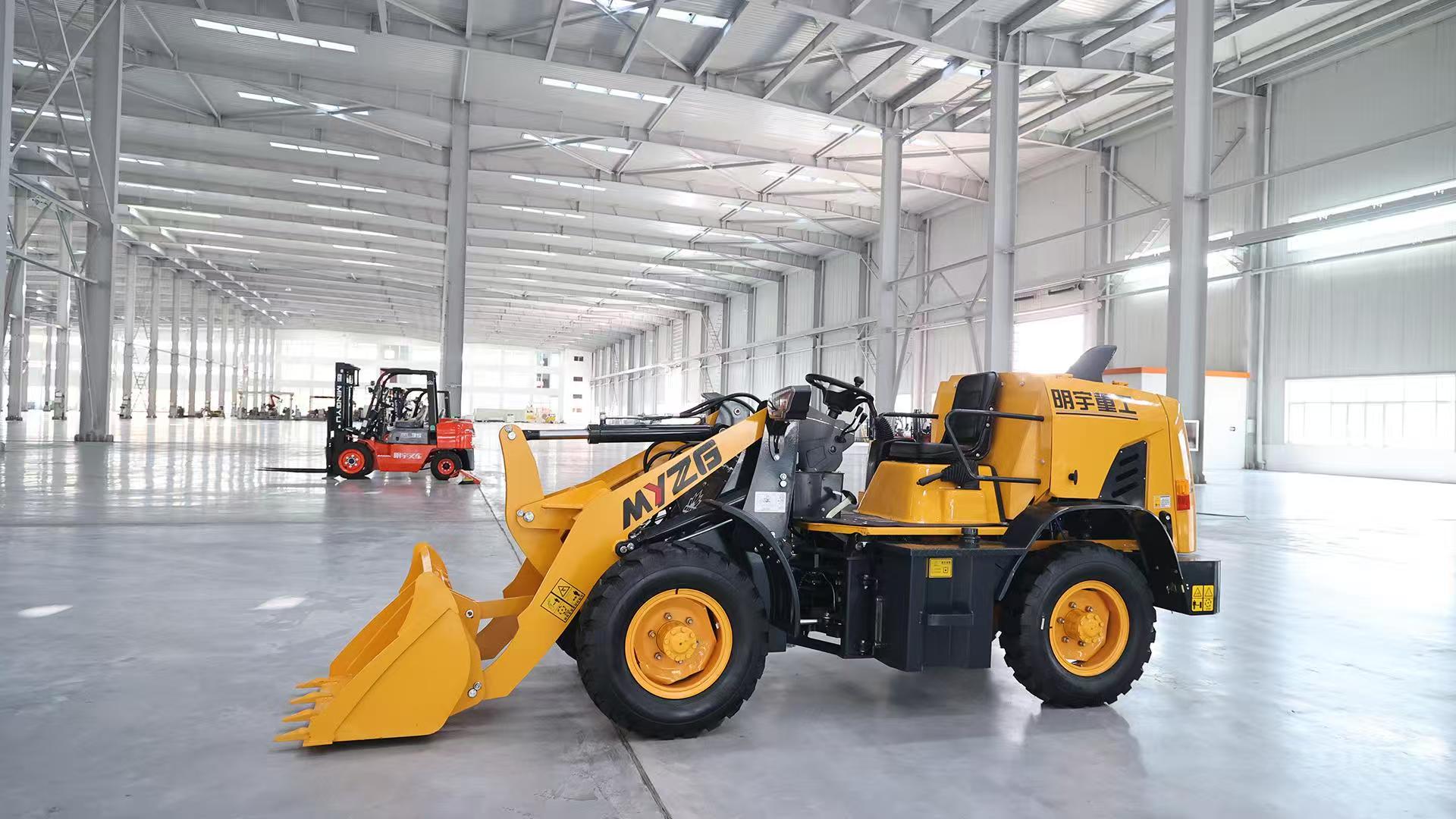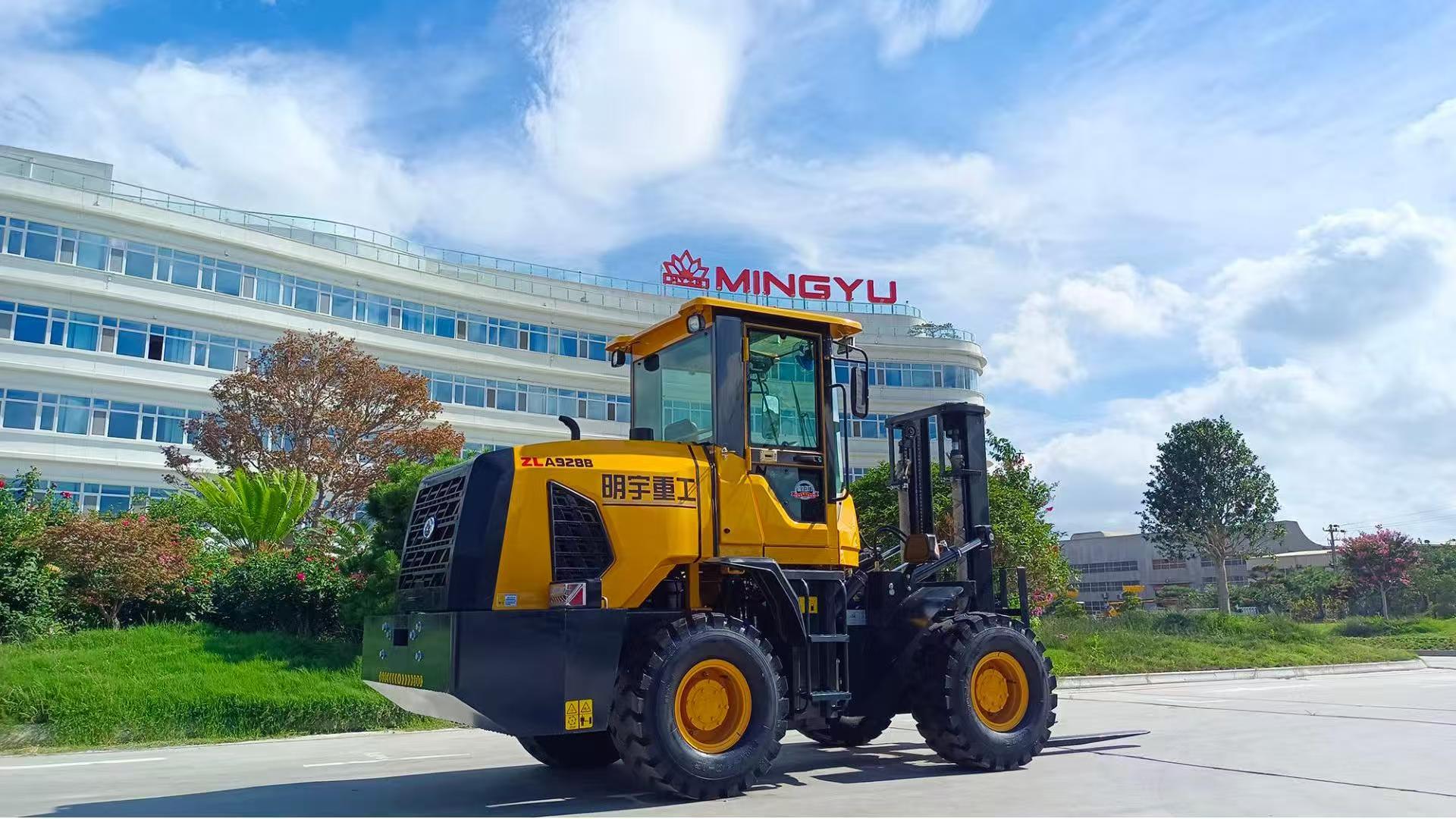What Are the Safety Tips for Operating a Wheel Loader?
1. Introduction Wheel loaders are among the most commonly used machines in construction, mining, agriculture, and material handling. Known for their power and versatility, these machines can perform a wide range of tasks, from moving earth and loading trucks to clearing snow and lifting heavy materials. However, their size, weight, and power also present serious safety risks if not operated correctly. Accidents involving wheel loaders can lead to property damage, injury, or even fatalities—many of which are preventable with proper procedures.
This article provides essential safety tips for operating a wheel loader. From pre-operation checks to load handling, terrain awareness, and maintenance, each section is designed to help operators and site managers ensure safe, efficient use of this heavy equipment. Whether you're a new operator or a seasoned professional, understanding and applying these guidelines can significantly reduce the risk of accidents.
2. Understanding the Wheel Loader A wheel loader is a heavy-duty machine equipped with a front-mounted bucket, primarily used for lifting, moving, and loading materials. Unlike backhoes or excavators, wheel loaders do not have a rear digging arm, which makes them ideal for quick material transfer. They are commonly used in construction zones, quarries, landfills, and industrial yards.
Due to their articulated steering, high center of gravity, and large blind spots, wheel loaders pose unique safety challenges. Their operation requires precise control, strong situational awareness, and thorough understanding of the machine's limitations.
3. Pre-Operation Safety Checks Before operating a wheel loader, a thorough inspection must be conducted. This ensures the machine is safe and ready for use:
Walk-Around Inspection: Check for visible damage, fluid leaks, and debris around the wheels and undercarriage.
Tires: Inspect tire pressure and tread condition.
Hydraulic Hoses and Connections: Look for wear, cracks, or leaks.
Lights and Alarms: Confirm that headlights, brake lights, warning lights, and backup alarms function properly.
Cab Condition: Clean windows and mirrors, test the horn and seatbelt, and ensure all controls are functioning.
Attachment Security: Ensure buckets or other attachments are correctly mounted and operational.
4. Safe Start-Up and Shutdown Procedures Starting and shutting down the loader safely prevents damage and accidents:
Entering the Cab: Always use the three-point contact method (two hands and one foot or two feet and one hand).
Pre-Start Checklist: Confirm gear is in neutral, apply parking brake, and fasten your seatbelt.
Start-Up: Observe all warning indicators and listen for unusual noises.
Shutdown: Lower the bucket to the ground, shift to neutral, apply the parking brake, and turn off the engine.
Secure the Machine: Remove the ignition key and lock the cab if required.
5. Operating Best Practices Good habits while operating a wheel loader are crucial for safety:
Stay Seated and Buckled: Always wear your seatbelt and remain in your seat while the machine is running.
Control Speed: Drive at appropriate speeds, especially in congested or uneven areas.
Avoid Sharp Turns at High Speeds: This can cause tipping, especially on uneven ground.
Watch for Blind Spots: Use mirrors and cameras and be alert to surroundings.
Do Not Allow Riders: Wheel loaders are not designed to carry passengers.
6. Load Management and Stability Improper load handling is a leading cause of tip-overs and loss of control:
Load Limits: Never exceed the machine’s rated load capacity.
Transport Position: Carry loads low to the ground to improve stability and visibility.
Balanced Loads: Ensure the material is centered in the bucket and not overloaded on one side.
Use Counterweights: Follow manufacturer recommendations for counterweight installation to maintain balance.
Avoid Sudden Lifting or Lowering: Smooth, controlled movements prevent shock loading.
7. Working in High-Risk Areas Special care must be taken in environments with increased hazards:
Near Trenches or Drop-Offs: Maintain a safe distance to avoid cave-ins or falls.
Sloped Surfaces: Travel straight up or down slopes; avoid turning or operating across inclines.
Pedestrian Areas: Always yield to foot traffic and use spotters when necessary.
Shared Worksites: Communicate with other operators and use radios or hand signals.
8. Weather and Environmental Hazards Environmental conditions can significantly affect safety:
Wet or Icy Surfaces: Reduce speed and increase stopping distance.
Dust and Fog: Use additional lighting and maintain clear communication.
High Winds: Avoid handling large or lightweight loads that could be affected by gusts.
Loose Ground: Be cautious on gravel, sand, or muddy terrain.
9. Maintenance-Related Safety Safe maintenance practices ensure equipment longevity and operator well-being:
Lockout/Tagout (LOTO): Always disconnect power sources before performing repairs.
Scheduled Maintenance: Follow manufacturer intervals for oil changes, filter replacements, and system checks.
Check Brakes, Hydraulics, and Steering Regularly: These are critical to safe operation.
Report Issues Promptly: Any signs of malfunction should be addressed before continuing use.
10. Training and Certification Proper training ensures that operators understand and respect safety protocols:
Formal Training: Operators should complete an accredited training course.
Certification: Meet local and national requirements for wheel loader operation.
Ongoing Education: Periodic refresher courses help maintain skills and awareness.
Supervisor Responsibilities: Site managers must ensure only qualified personnel operate machinery.
11. Conclusion Operating a wheel loader safely requires more than just technical skill—it demands attention, discipline, and a commitment to safety protocols. From daily inspections to load handling and environmental awareness, every step plays a role in protecting people and equipment. By following these safety tips and encouraging a safety-first culture on every job site, businesses can reduce risk, enhance productivity, and ensure that everyone goes home safely at the end of the day.
Post time:Jul.22.2025



